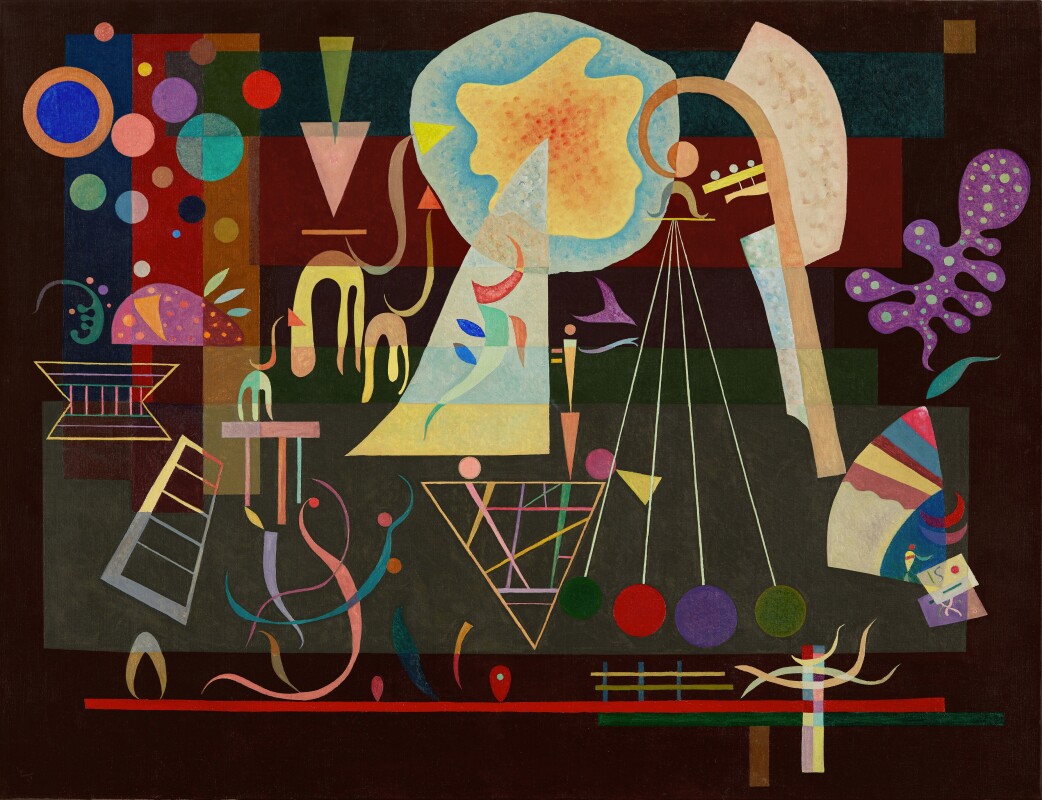Whilst Twombly was metaphorically diving deep into the Mediterranean, Peter Lanyon was literally gliding high above his native Cornwall and the impact on his art and on British abstract painting is still, I think, playing out. Lanyon’s art came out of landscape and his vision was singular but his range and approach was complex and multifarious.
He’d studied with Victor Pasmore at the Euston Road School and became close to Barbara Hepworth, Ben Nicholson and Naum Gabo, who ended up in St Ives for a time after the outbreak of the Second World War. Crucially, he began to visit America in the Fifties and met major players from the New York School including De Kooning, Motherwell and Rothko who he famously brought to Cornwall in 1959.
Influences are wide-ranging but also fully worked through in Lanyon’s painting by the late Fifties and his deeply felt desire to express the experience of being in a place, and the equivalent sensation in art rather than a visual representation on canvas of something seen in the world. He made drawings and collages to explore space and form before making paintings but his interest in perspective was highly original.
Of course, Lanyon - like all major Modernists - worked in an idiom profoundly defined by the multiple perspectival language of post-Cubist art, but whereas that was a formal exercise in representation, his approach was also physical and experiential. He’d served in the RAF during the war and the notion of elevated viewpoints and flight permeated his paintings. Gliding had perhaps an even more profound impact.
It enabled him, as he put it, to "get a more complete knowledge of the landscape" but it also helped convey an immersive sense of natural energy and flow and a capacity to understand the rhythms of thermals and air currents and render an equivalent sensation in paint. Rising Air from 1961 is sublime. The experience of looking at it is turbulent and destabilising. I find the scale is profoundly ambiguous – close up then plummeting far away and the sense of soaring sometimes overwhelming. There’s a tragic dimension too – and I know I’m over-projecting – but Lanyon died less than three years later in a gliding accident. British art lost a painter who increasingly feels pivotal and whose work has only received widespread appreciation in recent years.















